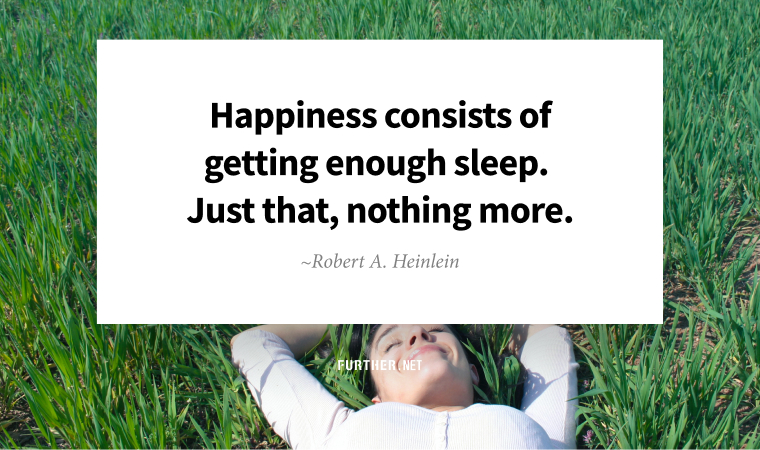
Remember when “sleeping in” meant you got up at noon, not 7:00 am? That’s a sure sign of midlife, where things we once took for granted health-wise become challenging. Research shows a third of adults sleep less than seven hours a night, and up to 30% deal with chronic insomnia.
Sleep is not only a vital aspect of lifespan and healthspan; it’s also a critical factor in daily functioning. Sleep deprivation makes you less productive, focused, and innovative, and more stressed, moody, and susceptible to getting sick.
So, it’s understandable if your mantra is, “I won’t rest until I get a good night’s sleep.” However, that can become one more anxiety that keeps you up at night. Instead, pour yourself a cup of Hojicha tea, relax, and try the Japanese kaizen method to make small, consistent adjustments for better sleep.
A Little Rest
You might have heard about the Japanese productivity philosophy, kaizen (“good change”), as it applies to manufacturing. Popularized by Toyota after World War II, the idea is to minimize waste and maximize efficiencies by implementing continuous incremental changes. Today we see the approach applied not only to people’s work lives but also to their private lives, helping make personal improvement easier and more accessible.
It might seem daunting to try to change your whole sleep routine in one go, but making one small step at a time will encourage you to adopt better bedtime habits — and hopefully, once one change starts to make a difference, then you will be motivated to make more.
All you have to do to use kaizen to optimize your Zs is take it easy.
Simplify Your Slumber
There are reasons you toss and turn, and that’s the jumping-off point for using kaizen to sleep better. Begin the process by keeping a sleep journal for a week, where you record when you fall asleep, wake up, experience sleep interruptions, and the total time you sleep nightly.
After a week, look for patterns and possible sleep-robbing factors, like having stimulants before bedtime (i.e., alcohol, caffeine), a noisy/messy/too bright room, or using screens before you turn in. Then, little by little, make adjustments, such as:
- Tidy up the space around your bed for five minutes (vs. cleaning the whole room)
- Try wearing an eye mask
- Stick to a “communication blackout” (no screens two hours before bed)
- Meditate for five minutes before bed
Focus on one small thing a night, and notice if it makes a difference. For example, if the eye mask helps, you might invest in blackout shades. Keep in mind not every tweak will help, and sometimes your body won’t comply. The point is to give your inner critic a rest as you patiently figure out the best sleep routine for you.
How to Sleep: Try Japan’s Kaizen Method to Cure Insomnia and Sleep Anxiety (Stylist)
